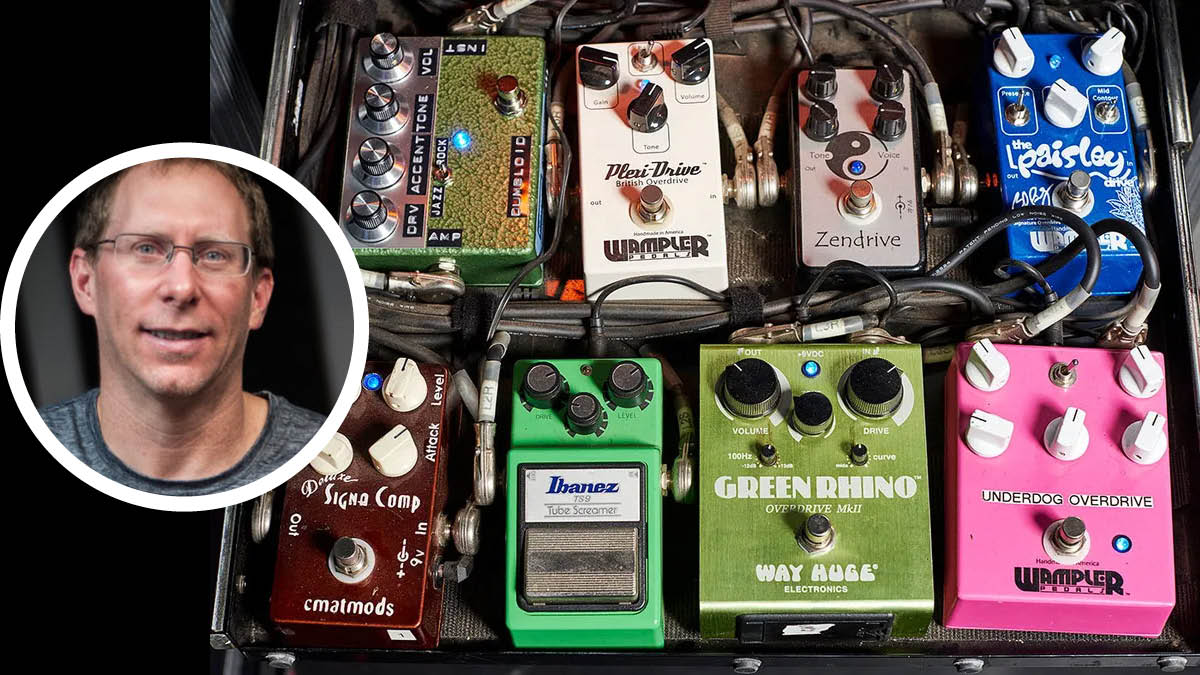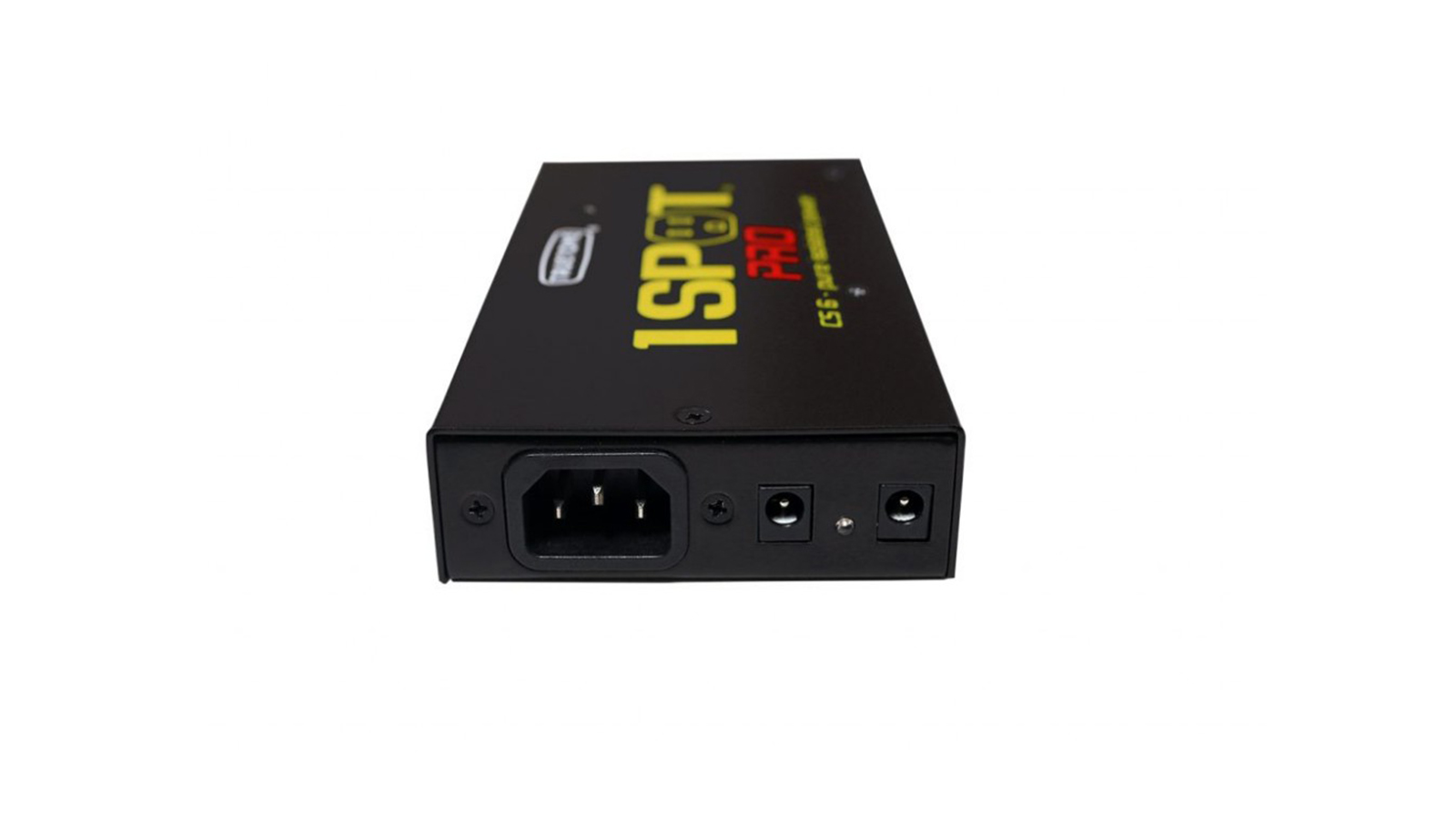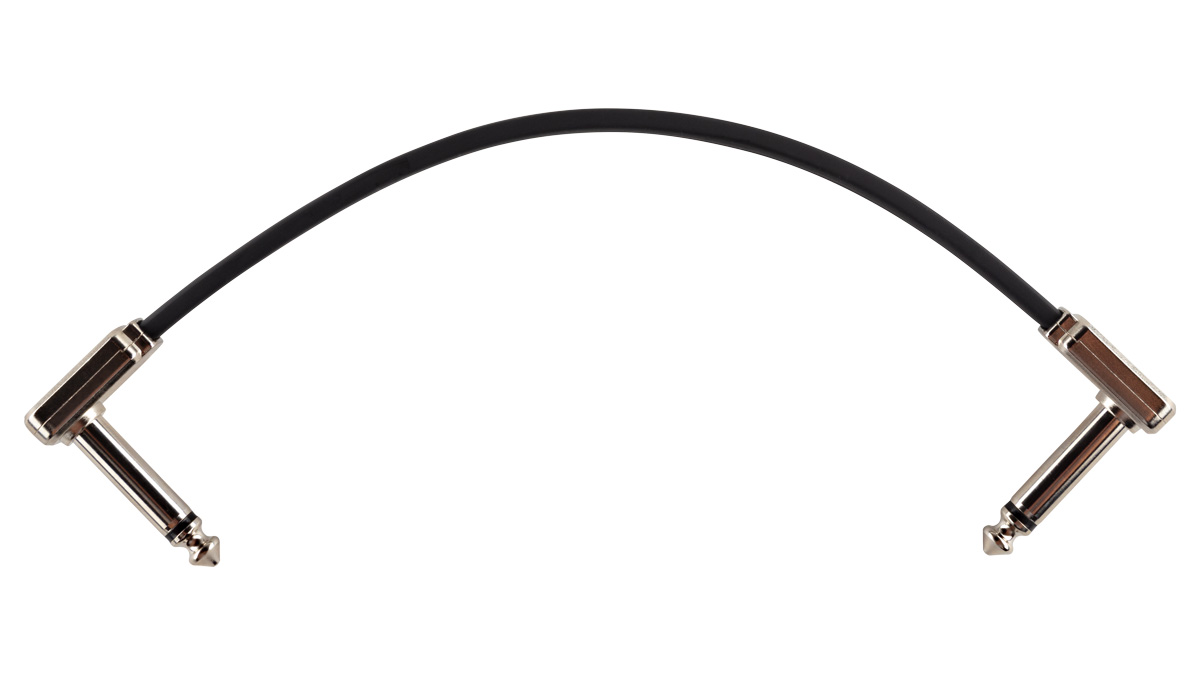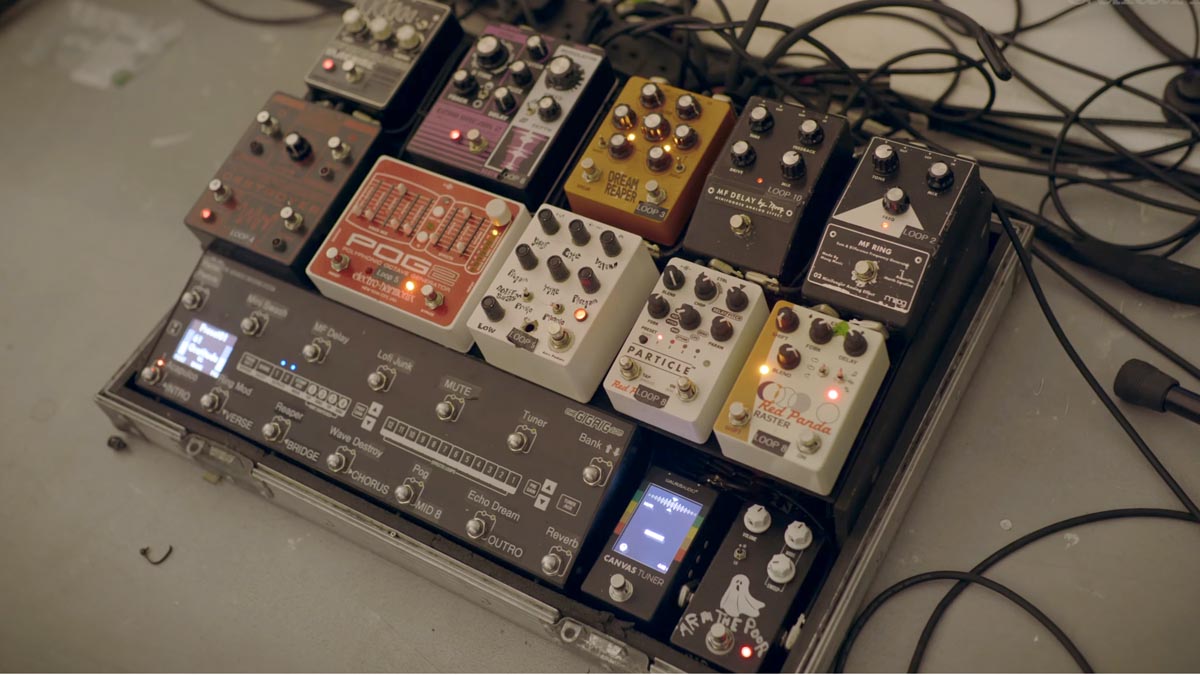“Good power is absolutely key… it is going to last you forever and you are just not going to have any problems with your pedals:” Brian Wampler’s 5 pedalboard essentials
What not to forget when putting a 'board together

There’s no saving Brian Wampler. He’s a pedalboard obsessive. But that is okay; that is his job. That’s his hobby, too, and besides, it’s too late to change him now. But with that obsession comes a lot of knowledge and a lot of insight to share.
So when the man behind Wampler Pedals checked with MusicRadar to talk about guitar effects pedals, the crazy culture surrounding stompboxes today, and to share his story in how a love for electric guitar tone turned him from hobbyist to one of the most respected names in effects design, we put him on the spot...
What if we’re putting together a ‘board? What would be his five pedalboard essentials?
“I’ll do it from the fly,” he said. "I am sure after we get done here I’ll probably think of something else.”
For that something else, you would do well to subscribe to the Wampler Pedals YouTube channel, which is a invaluable source of wisdom for any player, novice and expert alike and also if you’re stuck on where to take your tone to next and are in need of a little inspiration.
So here goes, on the fly, unprompted, here are Brian Wampler’s pedalboard essentials.
1. You need a good tuner on your ‘board
“The first thing, I am a big stickler on a really good tuner. I don’t like headstock tuners. No disrespect to Boss, I don’t like those kind of tuners. I like a good strobe tuner, so I use a Sonic Research because it is so accurate. But that may just be a me thing. If the guitar is out of tune, even when I’m playing it, it just drives me absolutely crazy. It drives me absolutely crazy.”
Get the MusicRadar Newsletter
Want all the hottest music and gear news, reviews, deals, features and more, direct to your inbox? Sign up here.
2. Invest in top-quality isolated power supply

“Good power. Good power is absolutely key, and especially now you see on Amazon all these cheaper power supplies they say are all isolated – half the time they are actually not what we would consider truly isolated.
“I use a lot of the Voodoo Lab stuff. I use the TrueTone – I forget the exact name of the model but it’s their big brick. It’s fantastic. No noise. I never have any problems with it. It always works. I can throw it around, probably run it over with a car and it will still work. That’s usually what I recommend.”
“And it’s a little more expensive. I get it. It’s not fun paying a couple of hundred bucks for a power supply but it is going to last you forever and you are just not going to have any problems with your pedals.
“You want more than what you need. A lot of people will think, ‘Well, I’ll just daisy chain it.’ But the problem with that is, let’s say you have a 100mA output, and you have five pedals on that daisy chain and they’re all consuming 50mA, well now you don’t have enough current to supply those pedals, and so some pedals will still work, they just won’t work as well, or they’ll be really noisy. And so, there we go back again: you need good power! You need good, clean power!”
3. Use soldered cables

“Another thing, and this is going to be sacrilegious! [Laughs] I’m not a big fan of solderless cables. I like good soldered cables. I’ve just always had problems with solderless cables, and at the worst time! Like, right in the middle of a gig, at the solo to Free Bird, and a cable starts going out on me! So that would be a big one.”
4. Go big or go home

“Buy a bigger ‘board than you are going to need because you are going to buy more pedals. That is always a problem. ‘Oh, y’know, I’ve only got this small pedalboard, and I don’t have space for another…’ Well, buy the biggest that you can manage and then you will always have empty space!”
5. A buffer can help (especially with larger 'boards)
“Oh, I did think of something else. Buffers. You need a good buffer. Doesn’t really matter what kind specifically but if you have all true bypass pedals you are going to lose some high-end for sure.
“There are different types of buffers but, the Boss style, for example, has like a transistor, a very simple buffer – which is not bad! – but when you start adding those up, let’s say you have 10 of those, and in a Boss pedal there could be two or three different buffers in that pedal, basically what happens is your entire signal level gets lowered just because it’s not exactly one-to-one, and so that can be a problem.
“If I’m using a lot of Boss stuff, I usually boost up on the back end, just a couple of dB to bring that level back up.”
Where should we position a buffer?
“Unless I am running a fuzz, I put it as close to the guitar as I can get. I know some will argue about having two, maybe one the beginning, one at the end, a lot of that depends on what other pedals you are using, because many pedals – especially now, the ones that have been designed in the past 10 or 15 years – they are already buffered, so when you turn them on their are already buffering the signal, so even if that’s a delay pedal, for example, you are still getting a pretty low output impedance, which is what a buffer does.
“And so I tend to not really worry too much about the end of the ‘board, more about the beginning of the ‘board – unless I am using something that I know is going to be a bad output impedance.
“For example, some of those fuzzes just have a very high output impedance which tends to take some high-end off – which warms the sound up! But it’s just my neuroticism, I suppose. I’m like, ‘If I wanted to warm the sound up I would just turn the tone knob down!’ I want a good strong signal signal to send to that amp.”
Jonathan Horsley has been writing about guitars and guitar culture since 2005, playing them since 1990, and regularly contributes to MusicRadar, Total Guitar and Guitar World. He uses Jazz III nylon picks, 10s during the week, 9s at the weekend, and shamefully still struggles with rhythm figure one of Van Halen’s Panama.
“Perfect for chorusing, doubling, slapback, and long rhythmic delays alike”: Old Blood Noise Endeavors’ Black Fountain Stereo is an oil can delay emulation pedal packed with modern features
“A vast tonal palette from gnarly, aggressive distortion to smooth, creamy overdrive. ”: Crazy Tube Circuits cooks up a crazy tube circuit for real – meet Venus, an overdrive pedal with an “oddball” ECC832 inside










